What Does Omni-Channel Marketing Mean to Customers?
Published on March 06, 2025/Last edited on March 06, 2025/9 min read
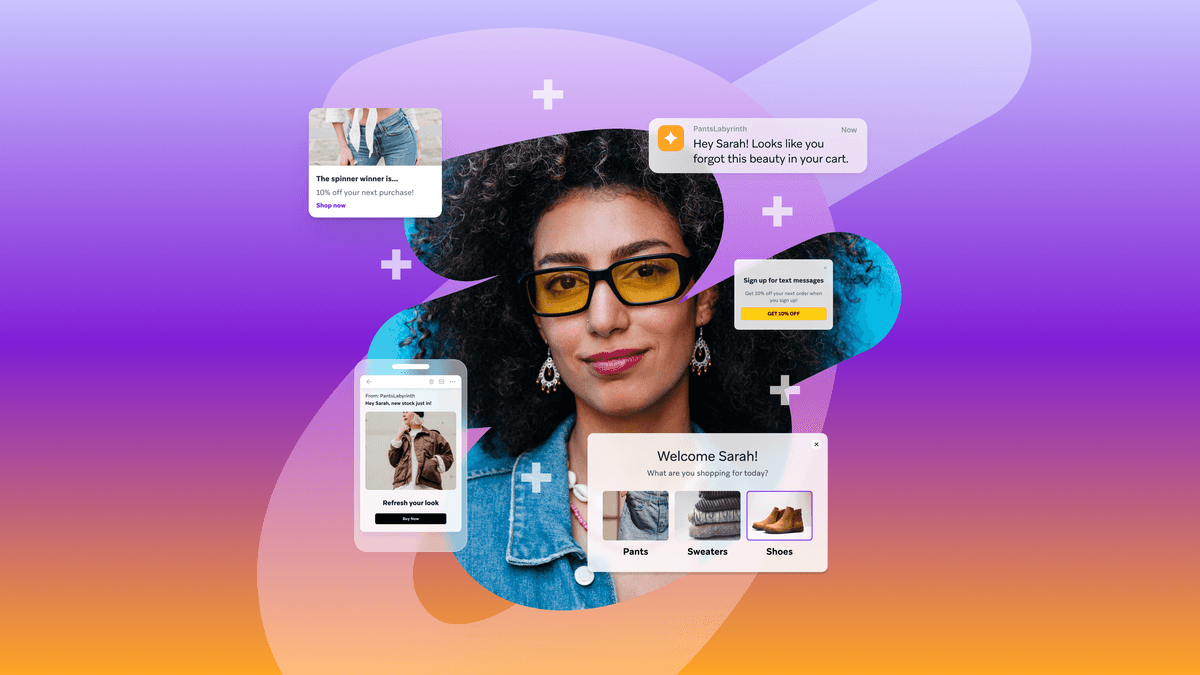
Monica Mahale
Director, Product Marketing, Movable InkTiming and relevance are the foundation of both great relationships and exceptional marketing. Just as meaningful connections rely on understanding and responding to the right cues, effective marketing depends on delivering the perfect message, through the ideal channel, exactly when it matters most.
That’s why brands that create a cohesive, engaging experience across email and mobile are coming out on top. A seamless customer journey doesn’t just improve interactions—it ensures your brand is the right choice at every moment, driving deeper loyalty.
In this article, Movable Ink and Braze break down actionable strategies to effortlessly build an engaging brand presence across every touchpoint.
Let’s Define Omni-Channel Marketing
Omni-channel marketing is a strategic, highly coordinated approach where brands aim to be everywhere their customers are. It’s also about “when” to be there and “how” to be there. Is a customer in-store? Online? In-app? Do they have time to be entertained? Or simply need a quick, transactional experience? With omni-channel marketing, brands try to reach customers with the right message in the right context, all in real time.
To build this kind of strategy, you need to see the customer journey from a customer’s POV. To them, these marketing channels aren’t silos, they expect your brand experience to be cohesive and integrated across each channel. When a brand fails to provide a solid, consistent experience, it’s frustrating to consumers and hurts your long-term relationship. The trick to omni-channel marketing is balancing brand consistency with the unique needs and capabilities of each channel to reach customers in the most effective way—the way they prefer.
Benefits of Omni-Channel Marketing for Brands and Customers
Know where to go with your omni-channel marketing approach. Get moving in the right direction with these five tips:
1. Take advantage of user profiles.
User profiles are foundational to omni-channel marketing. Media is fragmented, but users are the same from channel to channel. By collecting information at every touchpoint, you can build a holistic view of who your customers really are.
User profiles illustrate how users interact and on what channels, giving marketers the magic formula to net conversions. With this data, you can even target specific customers and start creating more individualized campaigns – at scale.
2. Segment based on available data or use a solution that can personalize content to the individual.
Marketers can use segmentation to understand where customers are and what messages will reach them. For example, messages sent to prospective customers should be different from messages sent to existing customers. Each appears at a different point in the funnel and has a different relationship with your brand. User profile data can help you segment audiences so you get the right messages and content to the right people.
You can also segment customers by how they interact with channels. Maybe you have users who are heavy on app use but never take actions. Prompt them in-app to make a purchase or to try another channel. Maybe your web visitors frequently leave items in their shopping carts. Email this segment and remind them that their items are waiting.
Your omni-channel marketing strategy should focus on using the data at hand to maximize campaign impact across channels.
3. Onboard and retain customers.
Acquiring new customers and retaining the ones you have is good business. Your omni-channel marketing strategy should consider both goals. A strong onboarding campaign will show newly-acquired customers everything your brand has to offer, raising your odds of keeping them around. See how TurboTax used data visualizations via Movable Ink Studio and Braze to enhance the tax filing experience.
The great thing about existing customers? They’re already plugged into your channels. So, you can send them emails or push notifications any time to stay top of mind. Customers who previously opted in for push and email should instill confidence that you’re engaging in relevant ways. Don't let them down; use your channels to deliver the value they continue to seek.
4. Follow customers along their journeys.
The customer path is rarely linear, but that’s okay. Customers start in one channel and ultimately jump to another. In fact, there may be several “jumps” before conversions are made. Your dev team should respect your omni-channel strategy to ensure the overall experience is consistent across channels. Interfaces should be compatible, but they should also allow for data collection to improve the overall experience. For example, if a user puts something in their cart on your app, then opens your website, that item should still be in their cart.
This kind of brand responsiveness paves the way for easy conversions and helps build trust. If you show customers you care about their experience, they’ll remember you did.
5. Collect data in a manner that works for you.
Collecting data from your customer-facing teams will illuminate where customers are converting successfully, what channels are performing, and what problems customers are having. Be sure your data collection allows you to pull information from all active channels. Incorrect or imprecise attributions will cause confusion. For example, maybe your onboarding campaign isn't working as well for customers acquired by social media as it is for customers acquired by retargeting ads. Use that knowledge to build out unique onboarding experiences for these different groups; experiences that better speak to their expectations and interests.
6. Deep Linking Across Channels
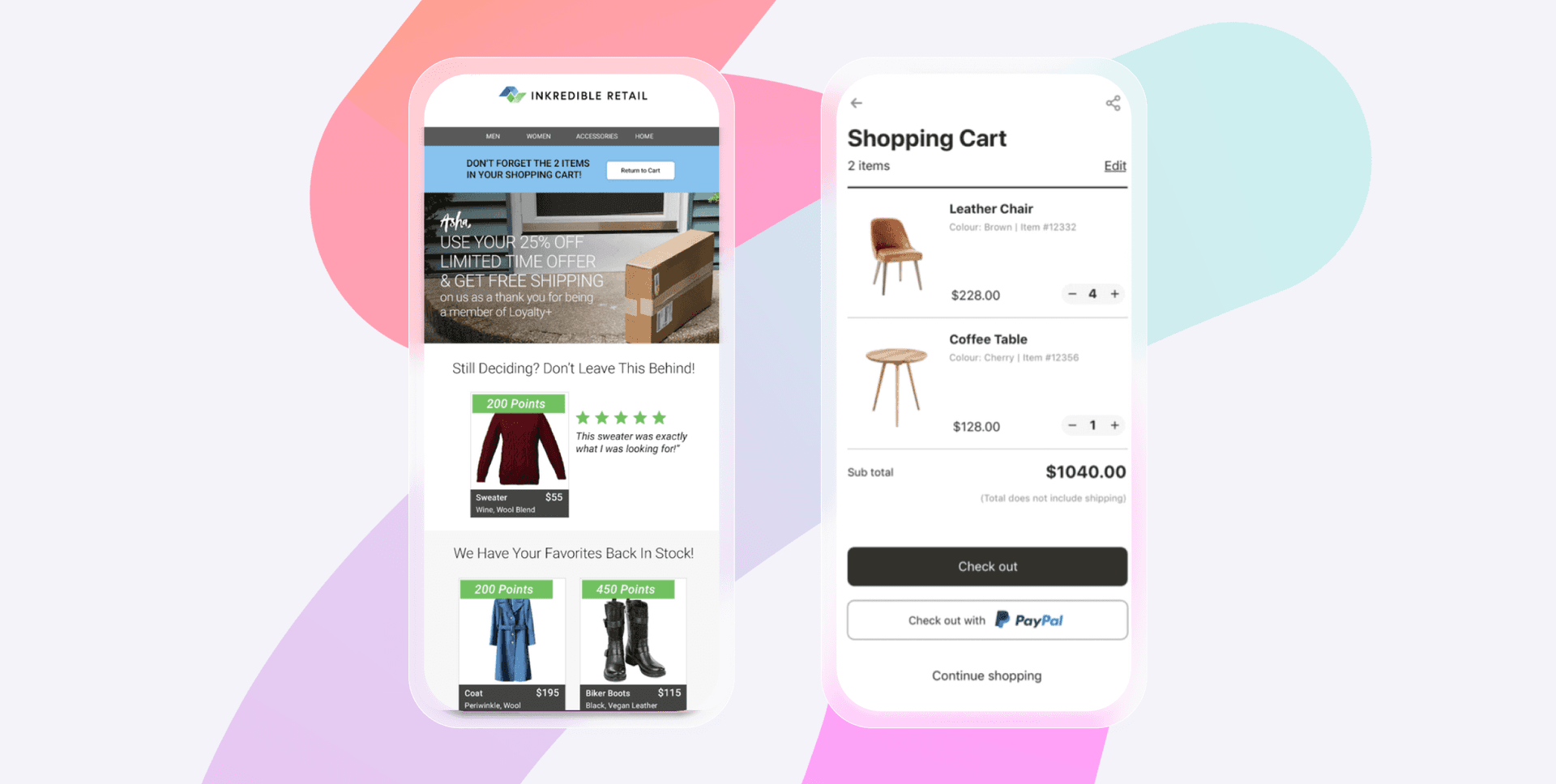
Knowing customers can move seamlessly between devices—especially from computers to phones—is important when building an omni-channel experience. Pictured above, Inkredible Retail uses direct clicks via Movable Ink Studio to minimize friction along the path to purchase. By linking the clicked product in the email to the app’s cart, customers enjoy optimal convenience when shopping. These deep linking strategies are highly successful, leading to 20% higher conversions and 34% more time in-app.
Mobile Is the Heart of Omni-Channel Marketing
Globally, people check their phones nearly 60 times a day. This makes mobile a vital touchpoint, from aiding in-person interactions to providing stellar app experiences.
Before establishing your omni-channel marketing approach, know that your mobile app is the central hub for engagement. More than any other digital outlet, this is where marketers have free rein to create immersive experiences to educate and engage customers. Push notifications and in-app messages assist in-person interactions, but they also improve your brand’s entire digital ecosystem.
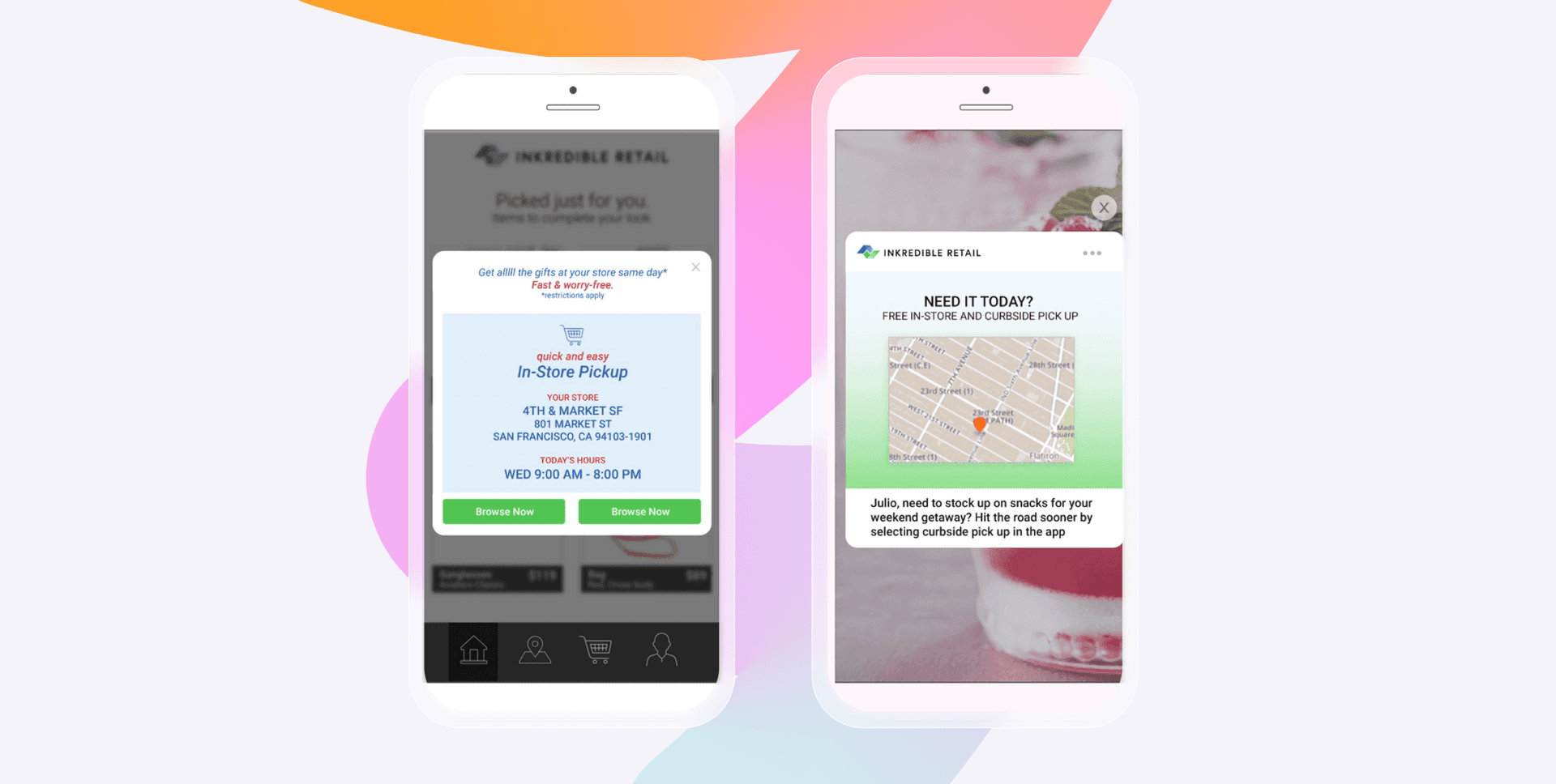
Here, Inkredible Retail supplements mobile shopping with key information for “buy online purchase in-store” customers that want new products before everyone else. With in-app messaging, Inkredible Retail provides customers with the nearest store and store hours via Movable Ink Studio. This gives their most ravenous fans a direct route to can’t-miss items, all in real time. To keep customers engaged outside the app, Inkredible Retail also sends rich push notifications that include deep links to map apps.
The Power of Personalization
No matter the channel, customers want personalization. But marketers know that existing customers need more than a first-name callout. These loyalists need data-driven marketing that creates distinct, enjoyable experiences.
To achieve true personalization on mobile, marketers need the right tools for their tech stacks. Today, it’s all about smart integrations, automation, and AI-powered personalization.
Personalization Tools
If your tools don’t integrate seamlessly, there’s no point in having them at all. For effective customer engagement on all channels, you should opt for personalization tools that are part of the same suite – or at least integrate with little effort.

Here’s an example of personalization used by Inkredible Media. By leveraging first-party data—watch histories, in this case—the brand triggers personalized media recommendations for customers who can’t decide what to watch. Inkredible Media then integrates social proofing, with high star ratings nudging customers towards content they’ll enjoy.
AI-Powered Personalization
Tactics that generate first- and zero-party data are paramount for marketers. But, continuous customer captivation requires regular updates to your omni-channel strategy. Luckily, AI-powered personalization is here to assist.
Movable Ink Da Vinci is now fully compatible with Braze, enabling you to level up your batch email program and accelerate personalized customer journeys. By leveraging AI models, Da Vinci curates unique content for every customer, boosting revenue and engagement. These enhanced engagement signals are then seamlessly incorporated into Braze’s customer journey orchestration, spanning email, push, SMS, WhatsApp and beyond.
With AI-powered personalization, marketers reinforce good customer behavior, but they can also send new content that customers will (most likely) enjoy. This keeps things fresh and interesting and encourages customers to explore new things, ultimately cementing long-term loyalty.
Automate the Monotonous
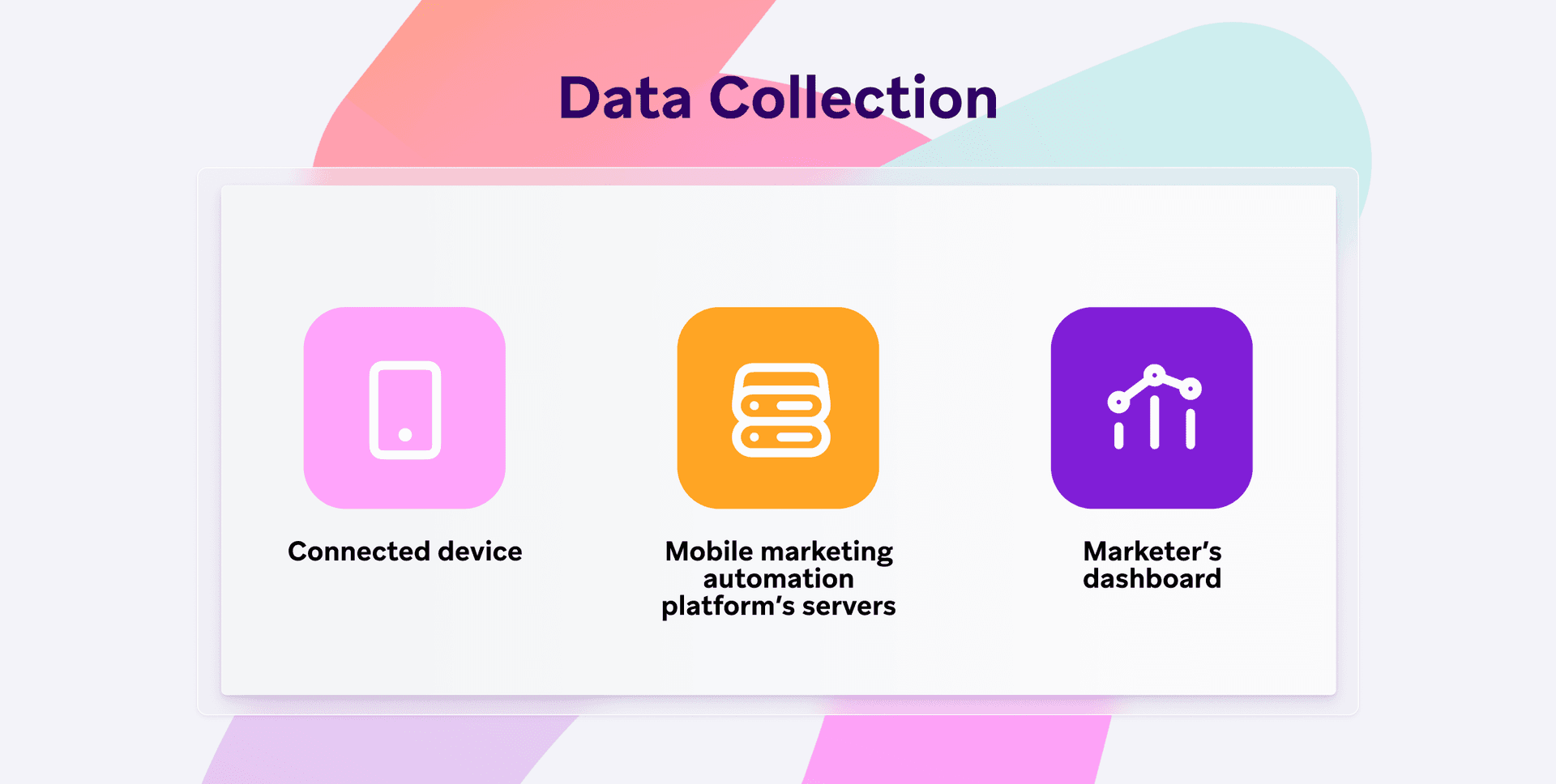
You can only be in one place at one time. In order to keep creating personalized, engaging content, marketers need to offload repetitive, manual tasks using automation.
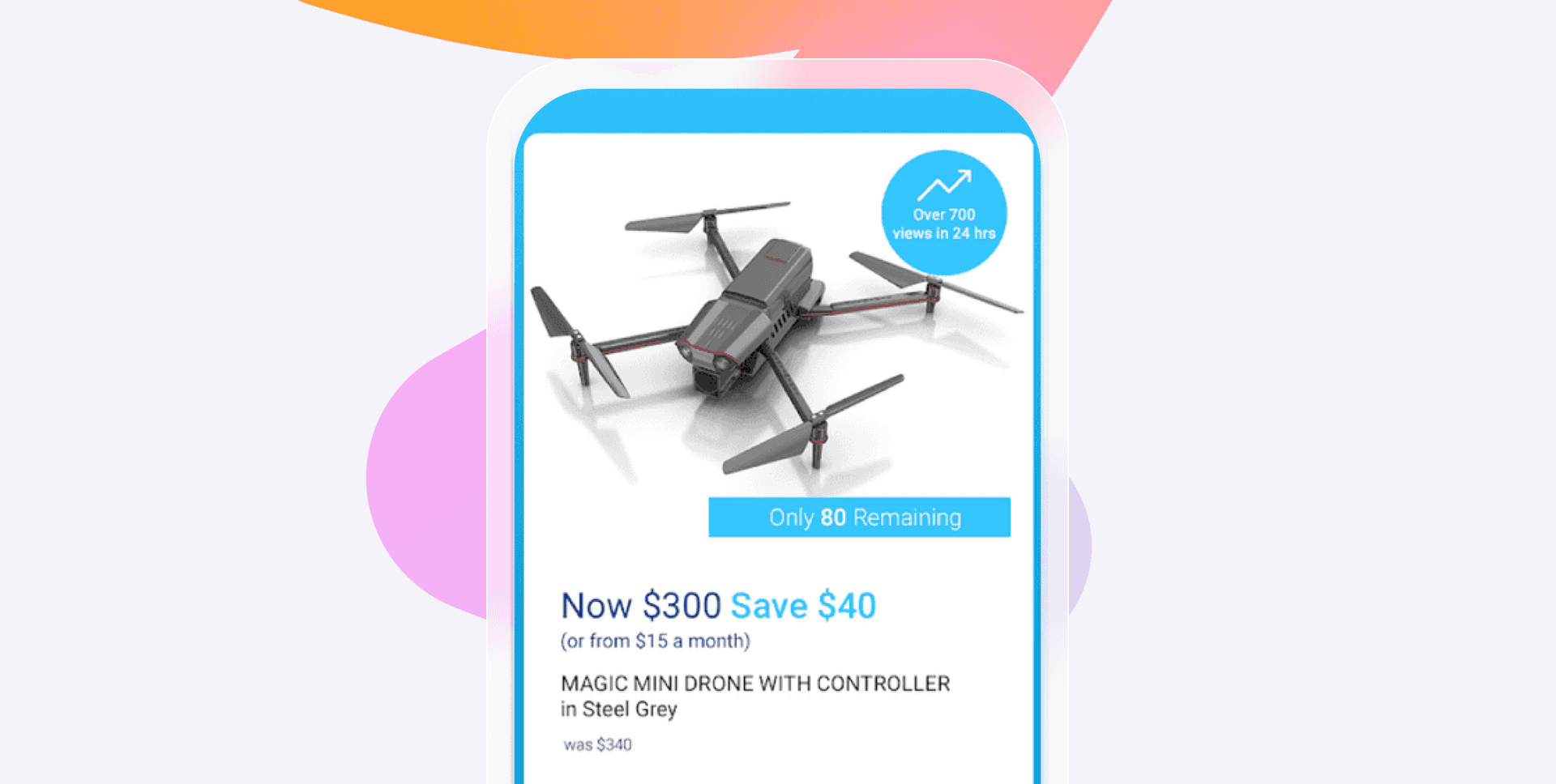
Above, Inkredible Electronics installs triggered push notifications to remind customers about their abandoned carts. To add more urgency to this triggered “price drop” message, the brand shows how many items are left in stock and how many people have recently viewed the desired item via Movable Ink Studio.
With content generation, data collection, and activation, choose tools that automate the boring, manual work and give you more time for creativity. This leads to better campaigns that marketers love to send – and customers love to receive.
Automation got your head spinning? Consider hiring a partner who specializes in automation.
Final Thoughts
For customers, omni-channel marketing is the new standard. For marketers, it should be as well. Fortunately, with the right strategies, the right tools, and the right omni-channel marketing services, marketers are prepared to deliver.
Today, there are so many channels to pick from. The key is having the right data to guide how you’ll communicate with each customer on each channel. All of this can be done, at scale, no matter how big your audience is.
Pay close attention to mobile. This is the drumbeat that keeps omni-channel marketing moving. Consider the latest mobile tools, including AI-powered personalization and automation. These will support your omni-channel goals and optimize every aspect of your media buy.
Movable Ink and Braze are leading the way to omni-channel marketing by unlocking endless opportunities for personalization across every channel through multiple integrations. Read how these can benefit your brand here.
Need some advice on your omni-channel marketing plan? Check out the Movable Ink Partner Gallery, featuring Braze.
Check out The Cross-Channel Marketing Difference, a guide to channel combinations and how they affect business outcomes.
You can also check out The Cross-Channel Marketing Difference, a guide to channel combinations and how they affect business outcomes.
Omni-Channel Marketing FAQs
Omni-channel marketing plans include multiple channels and multiple messaging techniques within those channels. For example, a brand who wants to meet consumer expectations may stretch a campaign across traditional media, digital media, and mobile. The breadth of this approach makes it an omni-channel strategy.
Omni-channel marketing is a wide-ranging strategy designed to help with user acquisition as well as user engagement, both short- and long-term. Given its ubiquitous nature, omni-channel marketing plans are typically more effective than traditional marketing plans or single channel buys.
Omni-channel marketing ensures that your brand is everywhere your customers are. Being on every channel creates better, more harmonious user experiences. This holistic approach helps brands achieve revenue goals and maintain stronger customer relationships.
Data is important for every marketing strategy. But it’s especially important for omni-channel marketing because brands gather more data from more channels. Brands can then use that data to deliver personalized ad and content experiences to distinct audience segments. Ultimately, this resonates on a deeper level with customers and generates better campaign results.
Omni-channel marketing is important because technology plays such a large role in consumer lives. Omni-channel marketing gives brands the ability to run parallel campaigns no matter what technology is involved. If a user shops on multiple devices (computer, phone, tablet, watch), the overall experience is continuous—no matter where customers start (or stop) on their shopping journey.
From a marketer’s standpoint, omni-channel marketing is executed and tracked using a mix of marketing tools, customer engagement platforms, and data storage centers.
Related Tags
Be Absolutely Engaging.™
Sign up for regular updates from Braze.
Related Content
View the Blog
How AI Decisioning Transforms Marketing (A Complete Guide)

Team Braze

AI decisioning cheat sheet: How to crawl/walk/run with BrazeAI Decisioning Studioᵀᴹ

Team Braze

A day in the life of a data scientist on the BrazeAIᵀᴹ forward-deployed engineering team
